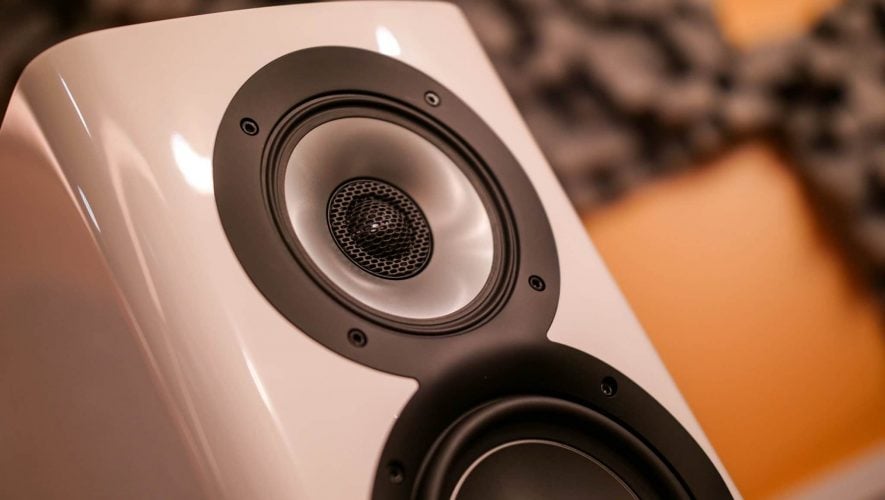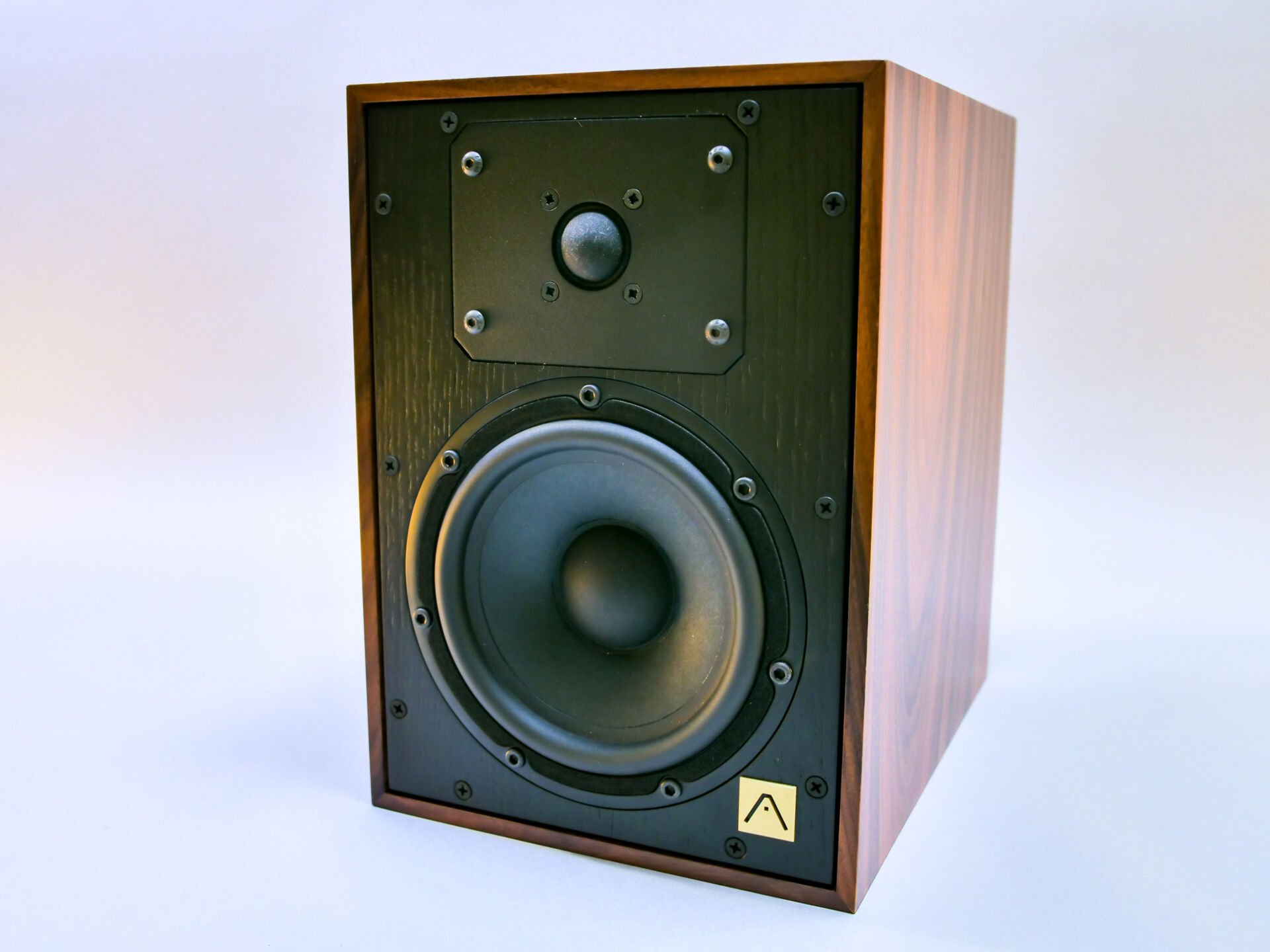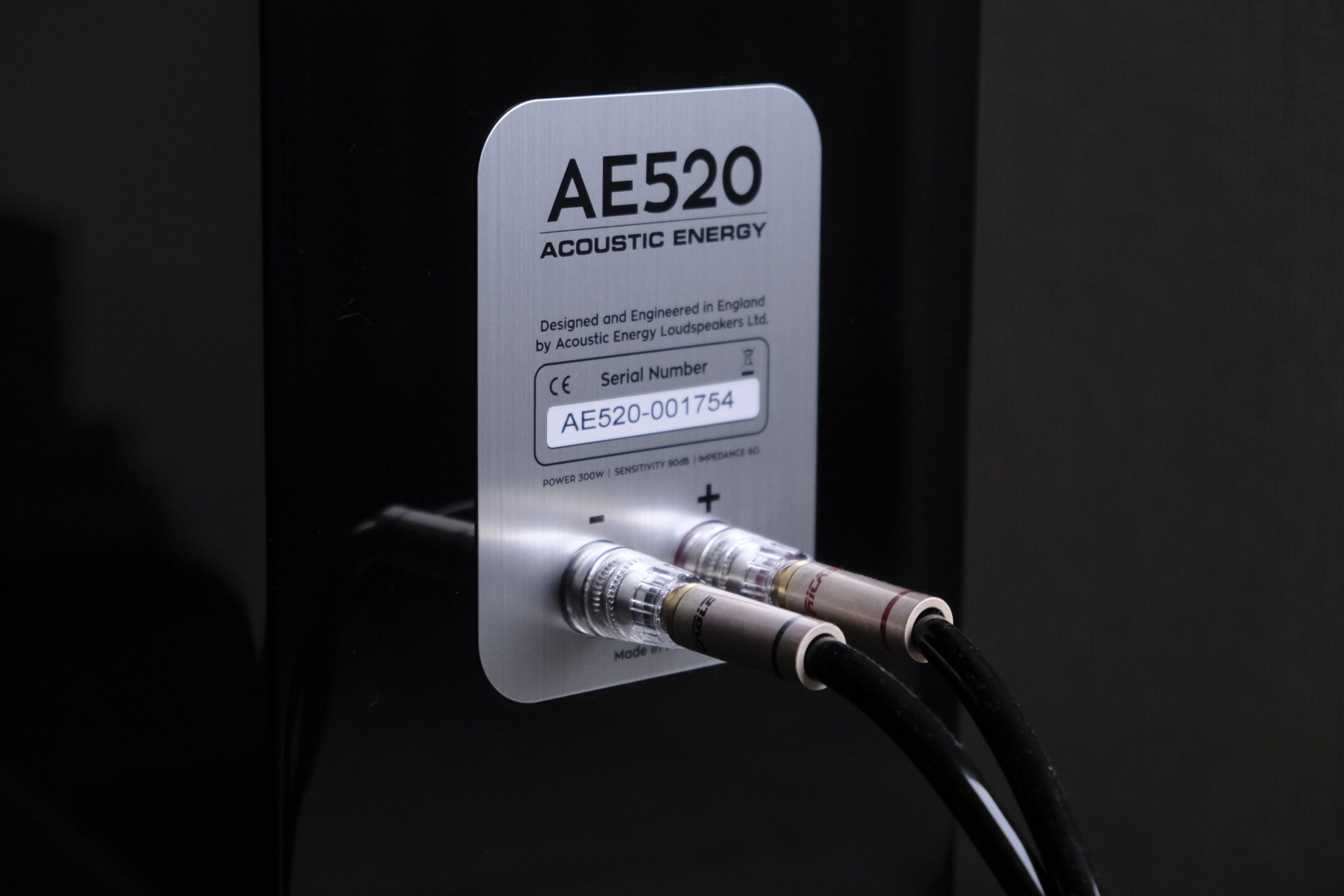

Intro
Contents
A complete and very musical system for about 2500 euros? Impossible, right? Well… no. Those who orient themselves in the world of active speakers, know that there are gems for sale. And who chooses active, is often ready to rock with just one source. In this case: you can think of a set of Elac Navis ARB-51 with a nice source. Curious about this system? Then read on…
We do love active systems at Alpha Audio. The match between amplifier and speaker is usually ideal because they are designed as a whole. In addition, the crossovers are optimal so there is less loss. The bottom line result is usually a better sounding system.
So why do we play with passive components at Alpha? It’s simple… first of all, our system is a tool we use to test other equipment. So we need to be able to switch from one component to another. And that’s more difficult with an active system. This is also the reason why we continue to run with a fully analog pre-amp; we also need to be able to assess the d/a converters in streamers and, for example, CD players. In addition, we remain hobbyists; sometimes it’s just fun to mess around, isn’t it?
The Elac Navis
Elac’s Navis series consists of both a floorstander and a bookshelf. The ‘ARF-51’ is the floorstander; the F stands for Floorstanding. We have the Elac ARB-51 for our test. There the B stands for Bookshelf of course. Both models have quite a few connections: XLR in, cinch in and wireless. Wireless is compatible with the Discovery Connect. This in turn is compatible with ROON, Spotify, Bluetooth and Airplay. Then there is the Elac Air X2; a device you can connect to a pre-amp. In short: almost everything can be used with this Elac. We used the Cocktail Audio N25 as a source. That streamer only has a pair of single ended cinch outputs. That worked without hum or other issues.
Furthermore, we see a few dipswitches on the back. These are first of all to adjust the respons to the room. Mid / high and low is adjustable. In addition, the speaker can be set as left or right (in case of using the wireless connection) and there is the possibility to switch between cinch and XLR. Also, the High Pass filter can be selected: useful if you have a subwoofer in use.
Coaxial
We are not talking about the digital input here (unfortunately there is none, except a wireless link), but about the mid / high unit. This consists of a 4-inch aluminum mid-unit with the soft-dome tweeter in the center. There are more manufacturers who choose this; think KEF who has elevated the coaxial unit to an art form. TAD is also a well-known one. Below the mid/high unit we find a 5.25-inch woofer. Also aluminum.
A trio of BASH amplifiers (a topology where – simply explained – a Class D amplifier feeds a Class AB amplifier instead of a regular power supply) drives it: 160 watts for the bass, 100 watts for the mid and 40 watts for the high frequencies. The crossovers are at 260 Hz and 2200 Hz. The range should be about 44 Hz – 28 kHz. Neat specs.
Compact
All these electronics are in a compact box. The cabinet is just under 36 cm high, 19 cm wide and 24 cm deep. Very acceptable dimensions for a speaker that will be placed in the living room. Or listening room of course. The whole thing weighs around 8 Kg. Nice. The finish of this Elac Navis ARB-51 is really sublime. the paintwork, the total absence of visible screws on the font… very nice work. To perhaps make a crazy compliment; the lacquer work is Yamaha level. And that’s the ‘king of piano lacquer’, right?











Alright my friend. I bow down to your wisdom. 🙇🏻🙇🏻🙇🏻 I am actively on the road to being convinced of the folly of the passive life. And as I am totally new to this I have no reason to adopt such old skool outdated habits, right? 🥳 I totally understand the advantages. Even a neophyte like me sees what is plain as day: this approach is simpler to understand, easier to research and purchase, easier to set up (and tune to the room, also??), lighter, with less external wiring/cabling, AND with component integration that is more efficient (D supporting A/B) while producing excellent sound quality. And they look cool and modern. What’s not to love!
This is 3 years old though so I will check on its current state online. Thanks again for posting another helpful review.